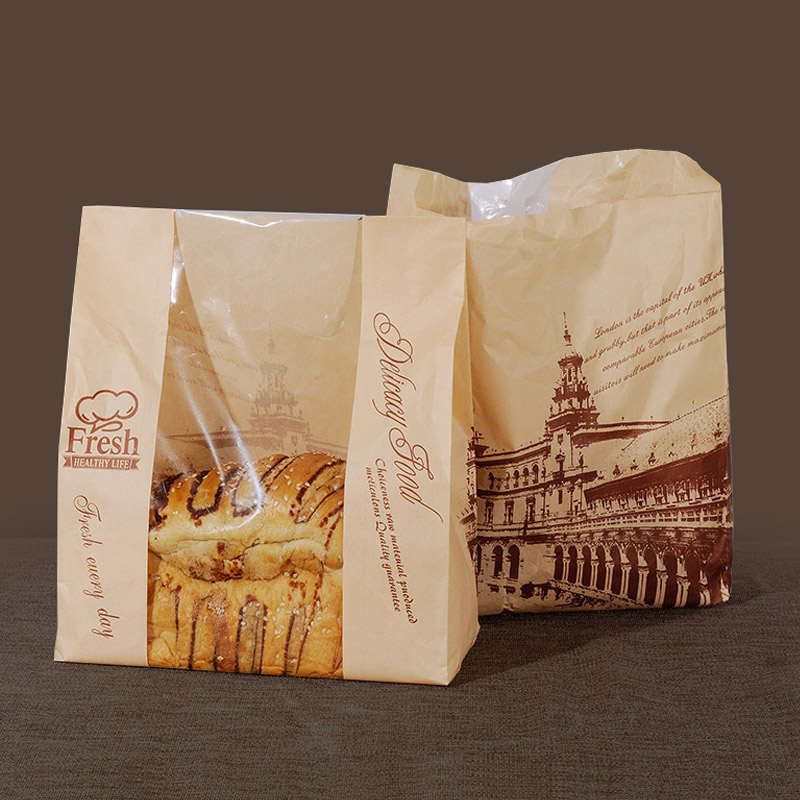
Baking is an art that requires precision, and one of the most crucial skills in this craft is knowing how to line a baking pan with parchment paper. This simple technique can prevent your baked goods from sticking, make cleanup much easier, and ensure even cooking. Here’s a comprehensive guide to help you master this essential skill.
The Importance of Parchment Paper
Parchment paper is more than just a baking accessory; it plays a vital role in achieving perfect results. Its non-stick surface allows cakes, cookies, and breads to release easily from pans, which is especially important for fragile items like sponge cakes. Additionally, parchment paper helps to create an even baking surface, distributing heat more uniformly, which can prevent burning or undercooking.
Beyond functionality, using parchment paper also promotes cleanliness. By lining your pans, you significantly reduce the amount of residue left behind, allowing for quicker cleanup. This is particularly beneficial after baking sticky items like brownies or caramelized desserts.
Choosing the Right Parchment Paper
When selecting parchment paper, look for quality products that can withstand high temperatures, typically up to 450°F (232°C). Some parchment papers come pre-cut in various sizes, while others are available in rolls. Pre-cut sheets are convenient for those who want to skip the measuring and cutting step, while rolls allow for customization based on specific pan sizes.
Step-by-Step Guide to Lining Different Pans
Lining a Square or Rectangular Baking Pan
Start by preparing your materials. You will need your baking pan, parchment paper, and scissors. First, measure the dimensions of your pan. For a standard 9×9 inch square pan, cut a piece of parchment that is slightly larger than the base to allow for flaps. An extra inch on each side is usually sufficient.
Once you have your piece of parchment, place it in the pan. It should fit snugly against the bottom. To create flaps that extend over the edges of the pan, you can cut two strips of parchment that match the height of the pan. These strips should be placed perpendicular to the base piece, allowing you to lift your baked goods out easily after baking.
If you’re concerned about the parchment moving around, lightly grease the bottom of the pan with butter or cooking spray before placing the parchment. This will help it adhere better.
Lining a Round Cake Pan
For a round cake pan, the process is slightly different. Start by tracing the bottom of the pan onto a piece of parchment paper. Place the pan upside down and use a pencil to outline the circle. Cut out the circle, then measure a strip of parchment that matches the height of the pan. This strip will line the sides.
To assemble, place the circle in the bottom of the pan, followed by the strip around the sides. You can secure the edges with a bit of cooking spray or butter if necessary. Ensure there are no air pockets, as this can affect the cake’s rise.
Lining a Muffin Tin
When it comes to muffin tins, you have the option of using pre-made parchment liners or cutting your own. If you’re cutting your own, start with squares of parchment that are about 5 inches by 5 inches. Press the squares into each muffin cup, ensuring they cover the sides and bottom. The excess parchment will act as flaps, making it easy to lift out your muffins after baking.
You may also choose to lightly grease the muffin cups before adding the parchment for added insurance against sticking.
Tips for Successful Lining
To achieve the best results when lining your pans, consider the following tips. First, always use high-quality parchment paper that is designed for baking. Avoid using wax paper, as it is not heat-resistant and can melt in the oven.
If you have leftover parchment after cutting, save it for future use. It’s reusable for similar-sized pans, which can help reduce waste. Lastly, always refer to your specific recipe for any additional instructions that may pertain to lining your pans, as some recipes may vary in their requirements.
Conclusion
Mastering the technique of lining a baking pan with parchment paper is essential for any baker. It enhances your baking experience by ensuring that your creations come out perfectly and making cleanup a breeze. With practice, you’ll find that this simple step can make a significant difference in your baking results.